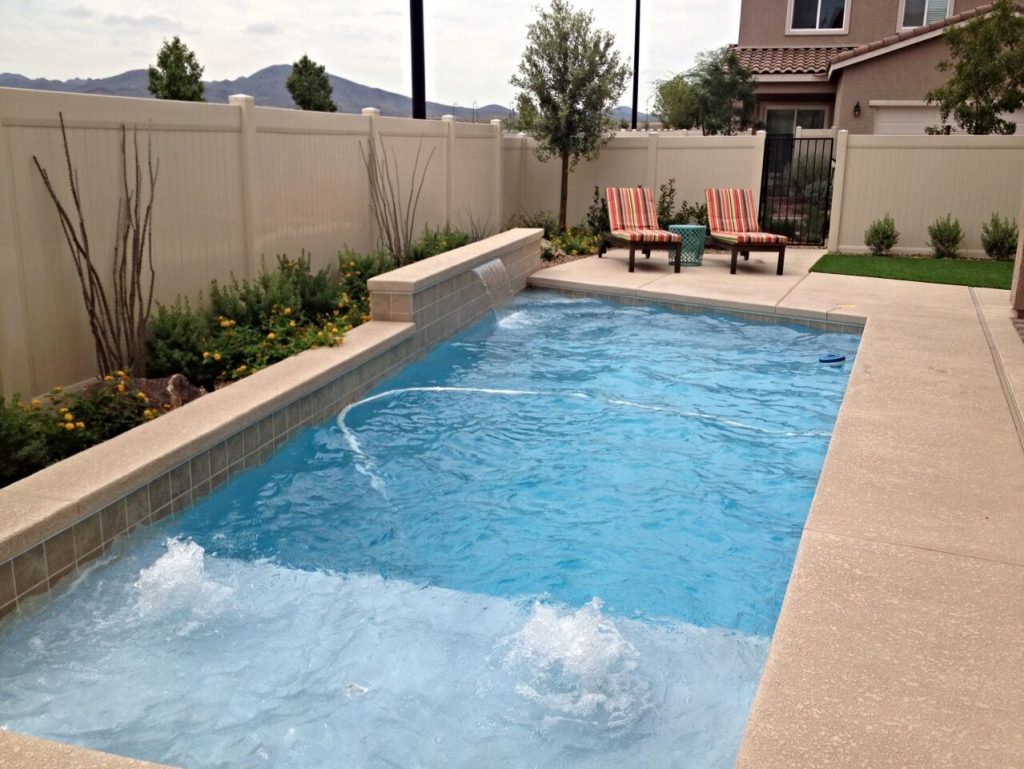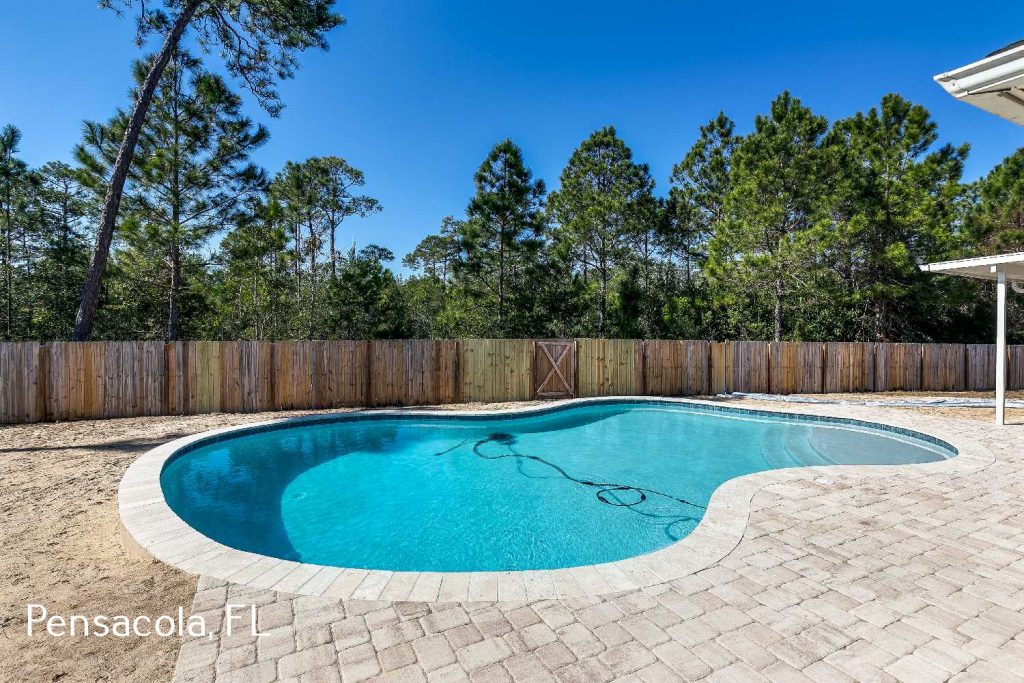The Ultimate Guide Explaining How to Build a Gunite Pool
Gunite pools have become increasingly popular over the years. These spectacular features are popularly known for their high adaptability and longevity. Although it is costly, you can create any pool size and shape with gunite. Nevertheless, building a gunite pool is not a walk in the park. If you are conducting a DIY project, you need to follow the right steps. It would be best to hire a reputable pool construction company to build a gunite pool for you. In this article, we look at a detailed procedure to help you build a gunite pool.

What is a gunite pool?
Typically, gunite is a mixture of cement, sand, and water mixed together during application. The dry concrete (mixture of sand and cement) gets transferred to the worksite using a truck. Then, contractors insert water and the dry concrete into separate pressure hose lines. During gunite application, sand and cement mix with water. Since gunite comes from concrete, it is a durable material that can last for decades. So, how do you build a gunite pool?
The process professionals use to build a gunite pool
Step one: Obtain pool construction permits and come up with the pool layout.
The first thing to do is come up with your preferred pool design. Your pool contractor will often help you find the best design that caters to your needs and budget. During your first appointment, your contractor takes time to listen to all your requirements. From there, they come up with 3D pool designs that complement your needs.
Once you settle on a particular pool design, they apply for the construction permits for you. Note that it is much easier for your contractor to get the permits since they are familiar with your local authorities. They schedule an appointment with site inspectors. Here, the inspectors determine whether your land qualifies for pool construction.
Step Two: Pool Excavation
After obtaining the construction permits, your contractor proceeds with pool construction. The first step in constructing a swimming pool is to excavate the area according to the layout of the pool. Excavation involves digging around the pool area. The time taken for excavation varies depending on the complexity of the landscape, type of soil, and size of the pool. During this stage, contractors remove all dirt and debris around the pool area.
Step three: Install pool plumbing
The next thing to do is to put up the pool plumbing system. Here, you install the plumbing lines, electrical lines, gas lines, and skimmers. The type of pool plumbing you install depends on the equipment you plan to install. Ensure you hire someone with experience in pool electricals to avoid safety hazards.
Step four: Rebar Setup
The rebar is responsible for supporting the entire structure of the pool. Rebar is a steel framework installed across the entire excavated pool area. Ensure the rebar gets installed correctly to avoid any surface and structural damage in the long run.
Step five: Gunite Application
The next thing to do is to apply gunite. As mentioned earlier, gunite is a mixture of dry concrete and water. You need to use a high-pressure hose to apply gunite. Spread the gunite across the entire rebar, paying attention to the layout of the pool. Contractors may add certain water features like tanning ledges to the pool structure during this stage. Contractors should spread gunite carefully to avoid making mistakes. After gunite application, leave it to cure for at least 28 days. The time taken for gunite to cure varies depending on climatic conditions. Thus, the gunite will need a longer curing period if you live in a wet area. Your contractors should regularly come onsite to check on the gunite during the curing process. Also, they should water the gunite shell at least two to three times a day for the first ten days.
Step six: Tile, coping, and decking
Once the gunite cures, add the tile and decking. Make sure you use the right materials for your coping and decking. Some of the best materials to use include natural stone and concrete. Afterward, install your pool equipment, filter, pump, and heater.

Step seven: Pool finishing
Use plaster or any other quality material to finish the pool. Then, fill the pool with water and check whether the pool is functioning correctly. Balance the water chemistry and wait for at least a day to start swimming in your pool.
Southern Poolscapes are the best gunite pool builders
Are you planning to build a gunite pool? Southern Poolscapes has got you covered. We have highly experienced pool builders who focus on making all your pool dreams come true. We deliver quality gunite pools that last for decades. Thus, you can always count on us to handle your gunite pool construction project.
Get a FREE Pool Design Estimate
Alabama
Bayou La Batre, Bon Secour, Coden, Daphne, Dauphin Island, Eight Mile, Elberta, Fairhope, Foley, Grand Bay, Gulf Shores, Irvington, Lillian, Loxley, Mobile, Orange Beach, Robertsdale, Saraland, Seminole, Semmes, Silverhill, Stapleton, Summerdale, Theodore
Florida
Alford, Altha, Apalachicola, Bascom, Blountstown, Bonifay, Bristol, Campbellton, Cantonment, Carrabelle, Caryville, Chattahoochee, Chipley, Clarksville, Cottondale, Crawfordville, Crestview, Defuniak Springs, Destin, Eastpoint, Ebro, Eglin Afb, Fort Walton Beach, Fountain, Freeport, Graceville, Grand Ridge, Greenville, Greenwood, Gulf Breeze, Havana, Holt, Hosford, Hurlburt Field, Lamont, Lynn Haven, Madison, Malone, Marianna, Mary Esther, Midway, Milton, Miramar Beach, Molino, Monticello, Navarre, Niceville, Panacea, Panama City, Panama City Beach, Pensacola, Perry, Ponce De Leon, Port Saint Joe, Quincy, Saint Marks, Santa Rosa Beach, Shalimar, Sneads, Sopchoppy, Tallahassee, Valparaiso, Vernon, Westville, Wewahitchka, Youngstown

